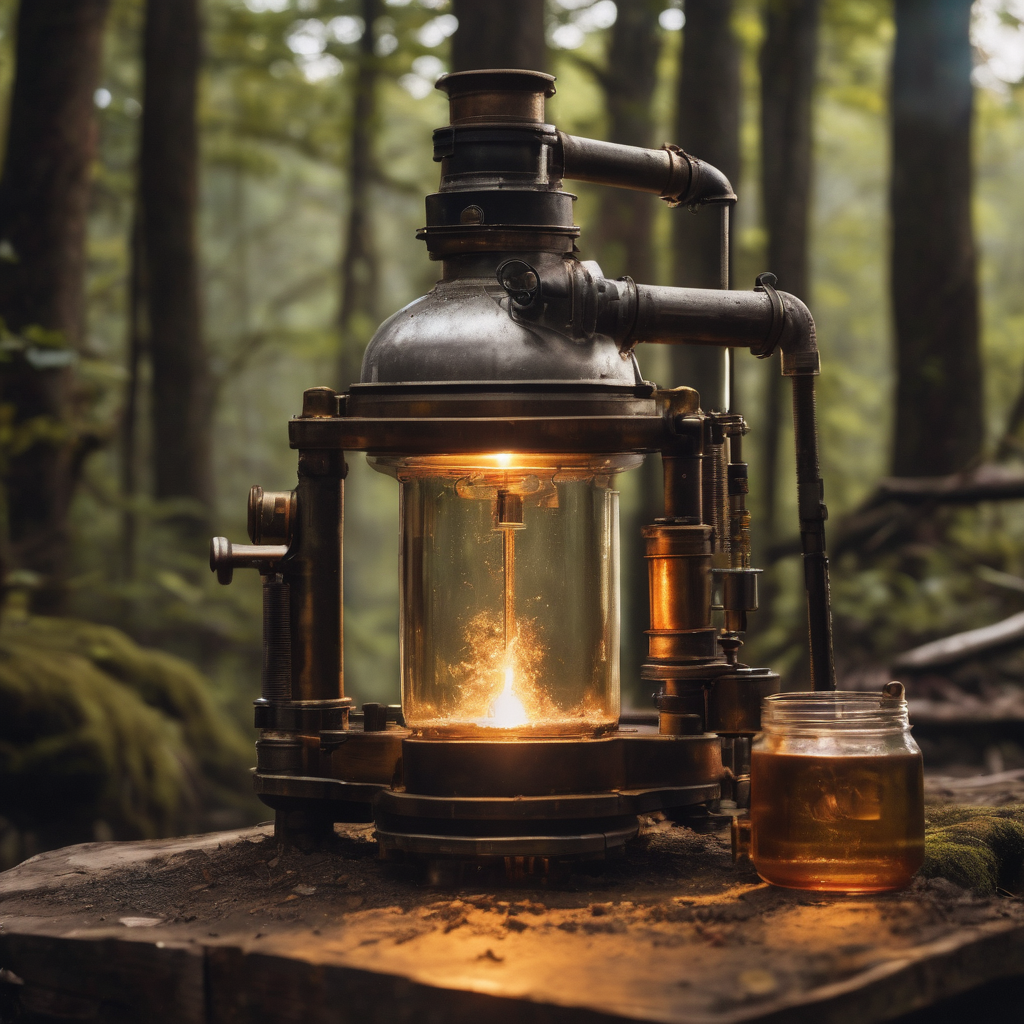The triple-scale hydrometer is an essential tool for moonshiners. It is used to measure specific gravity, potential alcohol content, and sugar content in liquids. Here’s a detailed guide on how to use your triple-scale hydrometer:
What is a Triple-Scale Hydrometer?
A triple-scale hydrometer is a glass instrument used to measure the density of a liquid in relation to the density of water. It typically features three scales:
- Specific Gravity Scale: Measures the density of a liquid compared to the density of water.
- Potential Alcohol Scale: Estimates the potential alcohol by volume (ABV) that could be produced from fermentation based on the sugar content.
- Brix/Balling or Plato Scale: Indicates the sugar content in a solution.
Steps to Use a Triple-Scale Hydrometer:
1. Gather Equipment:
- Triple-scale hydrometer
- Graduated cylinder or hydrometer jar
- Liquid to be measured (a solution containing fermentable sugars in water)
2. Prepare the Hydrometer:
- Ensure the hydrometer and the container are clean and free of any residue.
- Hold the hydrometer by the top and gently lower it into the liquid-filled container.
3. Take the Reading:
- Carefully lower the hydrometer into the liquid until it floats freely without touching the sides of the container. Spin gently to release any air bubbles.
- Take the reading at the point where the surface of the liquid intersects with the specific gravity scale, potential alcohol scale, and/or Brix/Plato scale. Read the scale at eye level for accuracy.
4. Record the Measurements:
- Note the specific gravity, potential alcohol, and sugar content readings indicated on the respective scales.
- If needed, use a temperature correction chart and/or altitude correction chart to adjust the readings for variations in liquid temperature or your altitude if you live particularly far from sea-level.
5. Interpret the Readings:
- Specific Gravity: Lower specific gravity indicates less dense liquid (less sugar). Higher specific gravity often means a denser liquid (more unfermented sugars).
- Potential Alcohol: This scale estimates the potential alcohol by volume that might be produced during fermentation based on the sugar content. It assumes that ALL of the sugars present will be converted to alcohol.
- Brix or Plato: Indicates the sugar content by weight in the liquid.
Additional Tips:
- Ensure the liquid sample is at the right temperature for accurate readings, as temperature affects density. The equipment in the Ultimate Moonshiner’s Test Kit is calibrated to 60F
- Avoid touching the sides of the container with the hydrometer to prevent inaccurate readings.
- Clean the hydrometer after use and store it properly to prevent damage.
Using a triple-scale hydrometer allows you to monitor the progress of fermentation and make informed decisions during the fermentation process by measuring sugar content, potential alcohol, and specific gravity. By recording a starting reading (Original Gravity, OG), periodic Specific Gravity (SG) readings during fermentation, and a Final Gravity (FG) reading, you will be able to predict not only the duration of the fermentation process (when fermentation will be complete), but you’ll also be able to calculate how much alcohol will be present in the final wash, how much volume you will be able to extract during distillation, and even the temperature at which the alcohol in your kettle will boil off at!

Leave a Reply